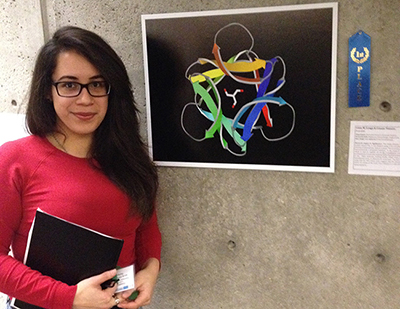Associate Professor of Biomedical Sciences Yi Zhou is one of the co-authors of a paper accepted for publication in The Journal of Biological Chemistry. The paper is "14-3-3τ Promotes Surface Expression of Cav2.2(α1B) Ca2+ Channels." Corresponding author Yong Li and the nine other co-authors are all from the Shanghai Jiao Tong University School of Medicine in China.
- About Us About Us
- Campuses Campuses
-
Academics
Academics
- Departments
- Degree Programs
- Divisions / Offices
- Residency Programs
-
Centers & Institutes
- Area Health Education Center
- Autism Institute
- Center for Behavioral Health Integration
- Center for Brain Repair
- Center for Child Stress & Health
- Center on Global Health
- Center for Medicine and Public Health
- Center for Rural Health Research & Policy
- Center for Translational Behavioral Science
- Institute for Pediatric Rare Diseases
- Education & Clinical Centers
- Admissions Admissions
-
Research
Research
- Division of Research
- Ph.D. Program
- Quick Links for Medical Research
-
Centers & Institutes
- Area Health Education Center
- Autism Institute
- Center for Behavioral Health Integration
- Center for Brain Repair
- Center for Child Stress & Health
- Center on Global Health
- Center for Innovative Collaboration in Medicine & Law
- Center for Medicine and Public Health
- Center for Rural Health Research & Policy
- Center for Translational Behavioral Science
- Institute for Pediatric Rare Diseases
- Translational Science Laboratory
- NCRT-CE Research Services
- Sponsored Funding Assistance
- Library
- Giving


 First-year students Kathryn Barbon and Alexia Loyless recently had dinner with a physician-intern who was 5,000 miles from home – and who made quite an impression on them.
First-year students Kathryn Barbon and Alexia Loyless recently had dinner with a physician-intern who was 5,000 miles from home – and who made quite an impression on them.